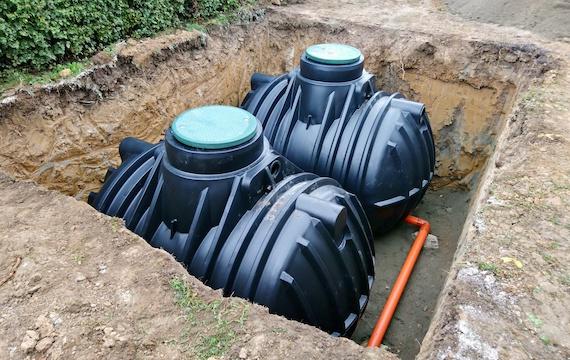Notifications

6 minutes, 6 seconds
-121 Views 0 Comments 0 Likes 0 Reviews

Septic installation is a crucial process for homes not connected to a city sewer. Many rural homes need a septic system. This system treats and disposes of household waste. Installing a septic system is not easy. It requires careful planning and professional help. In this guide, we will explain the septic installation process. We will also discuss its importance and how to maintain it.
A septic system treats household waste. It consists of two main parts: the septic tank and the drainfield. The septic tank holds waste water from the house. Bacteria break down the waste in the tank. The liquid then flows to the drainfield. The drainfield filters the liquid into the soil. This process cleans the water before it returns to the groundwater.
Septic systems are used in areas without city sewer systems. They are common in rural areas. They are important for handling household waste. Without a septic system, waste can harm the environment. Septic systems help keep the environment clean and safe.
Septic installation involves several steps. First, you need to get a permit. This is required by most local governments. The permit ensures the system meets health and safety standards. Next, a professional will inspect your property. They will check the soil and the layout of your land. This helps determine the best location for the septic system.
Once the location is chosen, the installation can begin. The septic tank is placed in the ground. It must be placed at a specific depth. The tank is then connected to the house with pipes. These pipes carry waste water from the house to the tank. The drainfield is also installed. It is made up of perforated pipes. These pipes allow the liquid to flow into the soil. The drainfield must be located at a safe distance from the house and any water sources.
Proper septic installation is very important. A well-installed septic system works efficiently. It treats and disposes of waste without problems. Poor installation can lead to many issues. For example, the system can fail. This can cause waste to back up into the house. It can also cause pollution. Waste can leak into the groundwater. This can harm the environment and public health.
Proper installation ensures the system lasts a long time. A septic system can last for many years if it is installed correctly. It also ensures the system meets local regulations. This is important for health and safety reasons. It can also affect the value of your property.
Maintaining your septic system is important. It helps prevent problems and ensures the system lasts longer. Regular maintenance includes inspecting the system. This should be done every three years. A professional can check the system and pump the tank if needed. Pumping removes the solid waste from the tank. This keeps the system working properly.
It is also important to be careful about what you put down your drains. Avoid flushing non-biodegradable items. These can clog the system. Do not pour grease or oil down the drain. These can cause blockages. Use water efficiently. Too much water can overload the system. Spread out your laundry loads. This helps prevent overloading the system.
Septic installation is the process of setting up a septic system. This system treats and disposes of wastewater.
Septic installation is crucial for managing wastewater. It prevents contamination and maintains environmental health.
Septic installation typically takes one to two weeks. The timeline depends on soil and weather conditions.
Septic installation costs vary. Factors include system type, soil condition, and local regulations. Average cost ranges from $3,000 to $7,000.
Septic installation is a vital process for many homes. It treats and disposes of household waste. The installation process requires careful planning and professional help. Proper installation is important for the system to work efficiently. It also ensures the system meets local regulations. Maintaining the system is also important. Regular maintenance helps prevent problems and ensures the system lasts longer. By following these guidelines, you can ensure your septic system works well and protects the environment.

